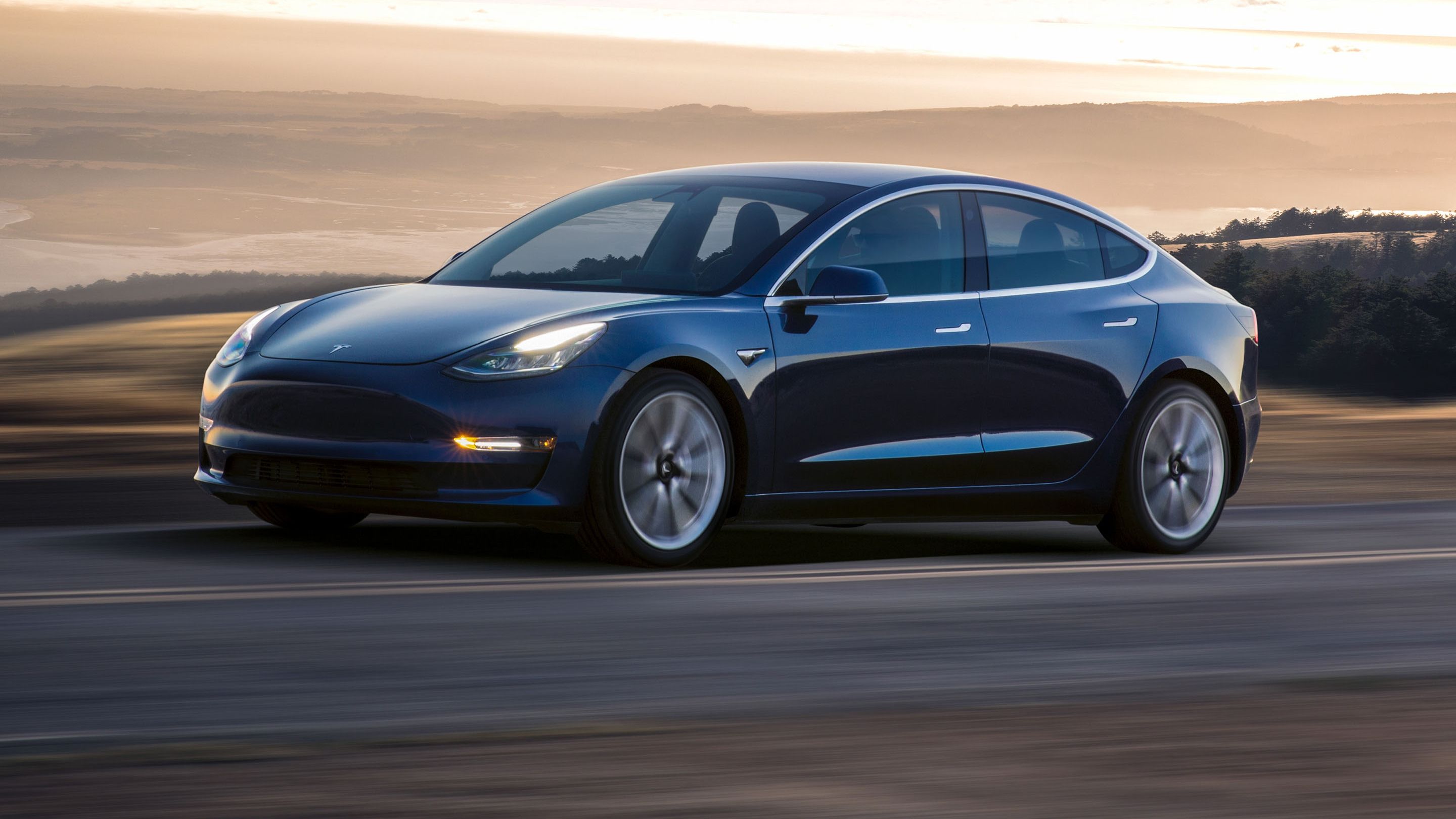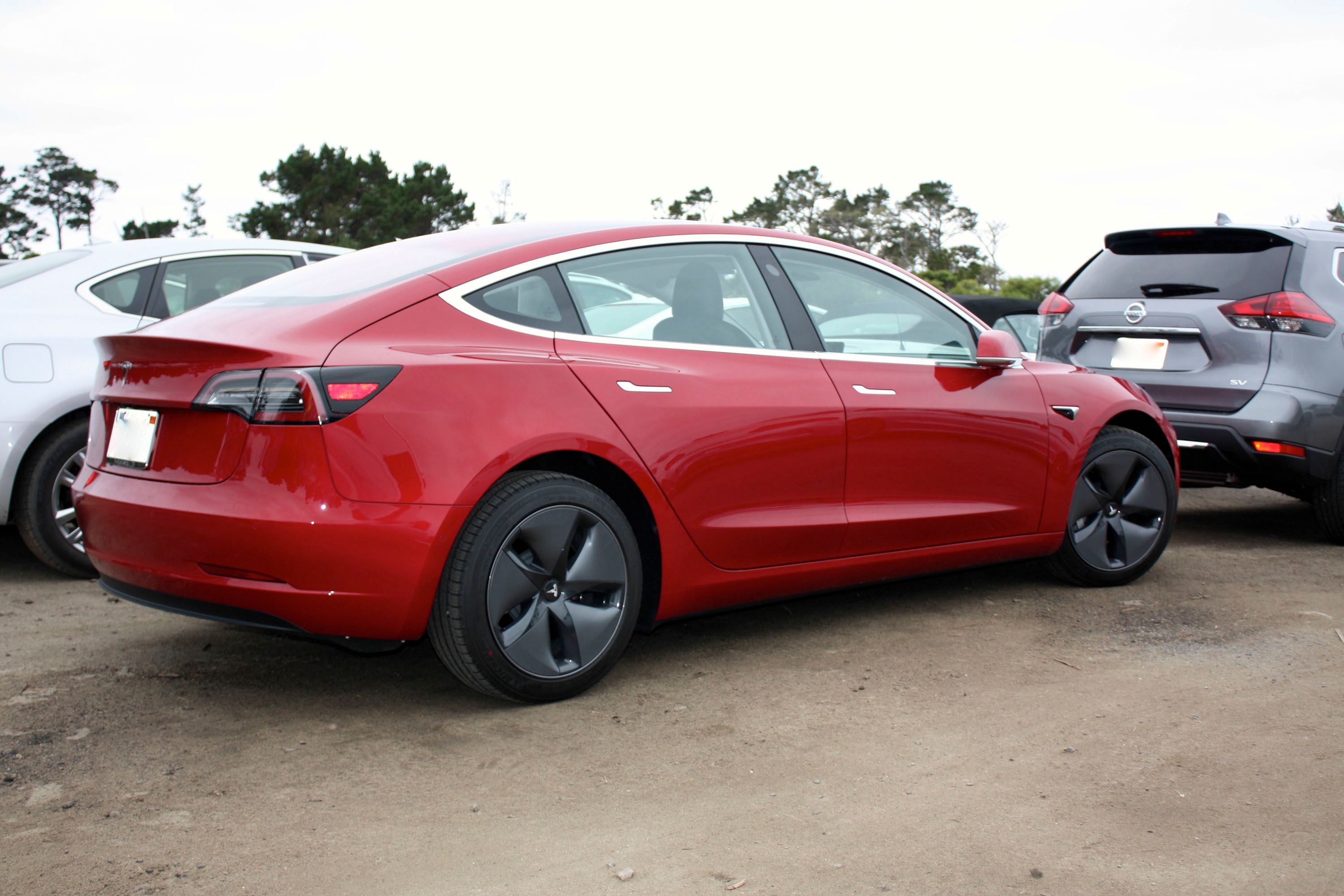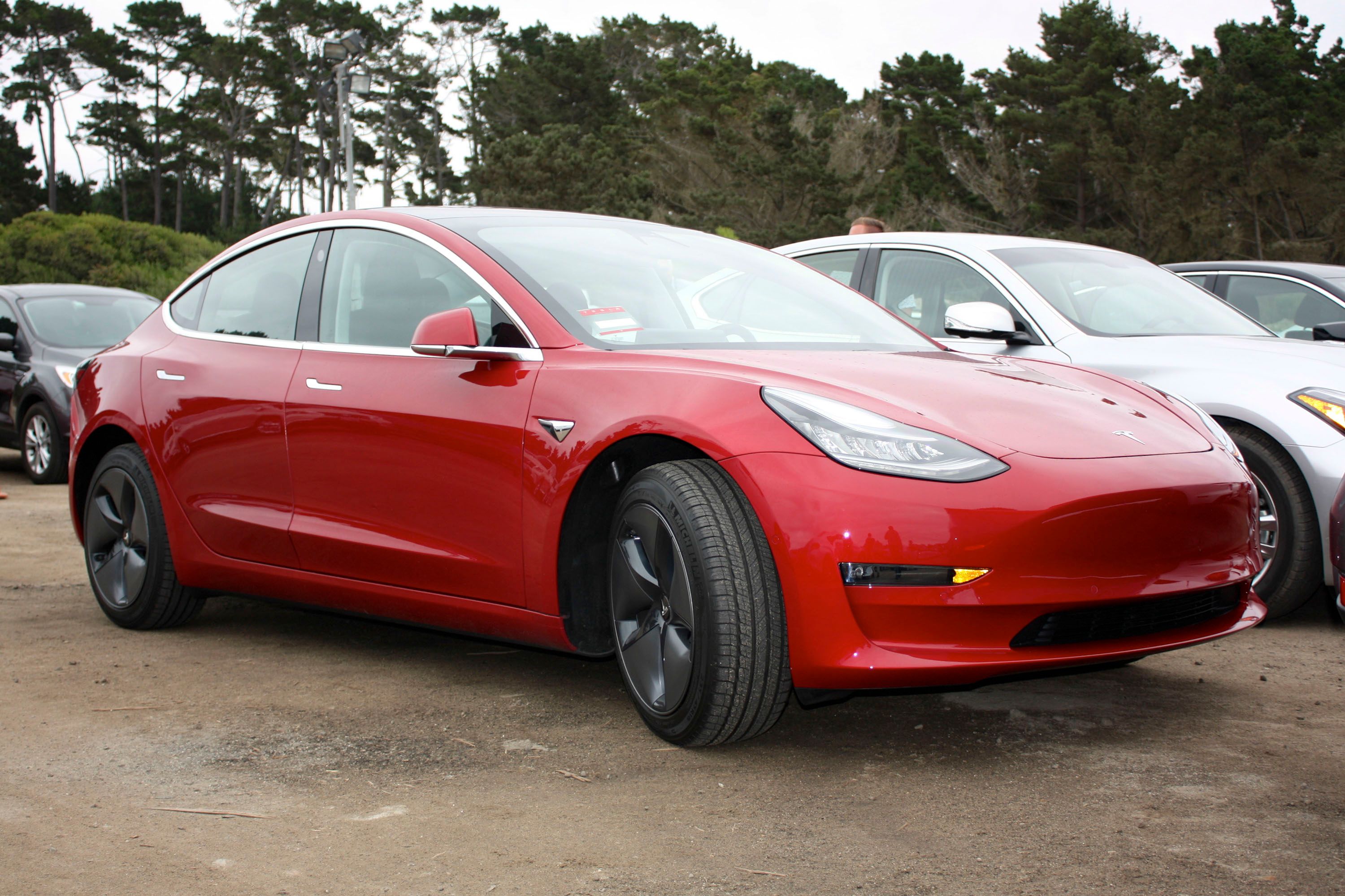Tesla didn’t take long to fix an issue with the braking capabilities of its models after a Consumer Reports test criticized the automaker after inconsistencies surfaced in testing for the stopping distance of the Model 3. Tesla CEO Elon Musk admitted that the company found an issue with its “ABS calibration algorithm” and has rolled out an over-the-air software update to fix the problem.
The issue involving the braking issues surfaced when Consumer Reports didn’t give its stamp of approval on the Tesla Model 3 because of problems with the car’s 60-0 mph braking test. According to the consumer review organization, the Model 3’s braking tests with 19-inch wheels resulted in a 152-foot average stopping distance from 60 mph, a far cry from Tesla’s claims that the electric car could do it at an average of just 133 feet. Consumer Reports even pointed out that the results it got meant that the Model 3’ stopping distance was “far worse than any contemporary car” it has tested, including the Ford F-150 full-sized pickup, which had a stopping distance that was seven feet shorter than the Model 3.
Understandably, Tesla sprang to action and responded by saying that based on its own tests with the same tires, the sedan’s stopping distance was 20 feet shorter. Ultimately, though, Tesla CEO Elon Musk admitted that the company investigated Consumer Reports’ claims and discovered issues related to the model’s “ABS calibration algorithm” that contributed to the poor testing results.
Since then, Tesla released an over-the-air software update to address the issue. According to Musk, the new update “should improve braking distance by 20 feet for repeated heavy braking events.” It’s unclear what entails “repeated heavy braking” events, but it does feel like the update was done to address the issues that surfaced during Consumer Reports’ tests. Whether that has any real-world applications remains to be seen — civilian drivers tend to only brake heavily in cases of emergency — but it is interesting to see Tesla address the issue as quickly as it did. Maybe the company has finally learned to deal with all the negative press it’s had recently with production delays of the Model 3?
Whatever it is, it’s clear that as popular as Tesla has become in recent years, there’s still plenty of room for improvement as far as the quality its products are concerned.
Further Reading
Read our full review on the 2018 Tesla Model 3.
Read our full review on the 2017 Tesla Model X.
Read our full review on the 2017 Tesla Model S.
Check out everything we’ve got on Elon Musk
Read more Tesla news.



